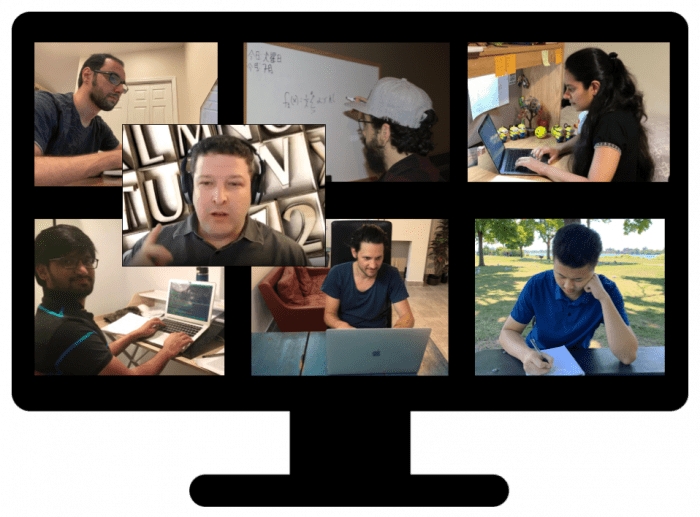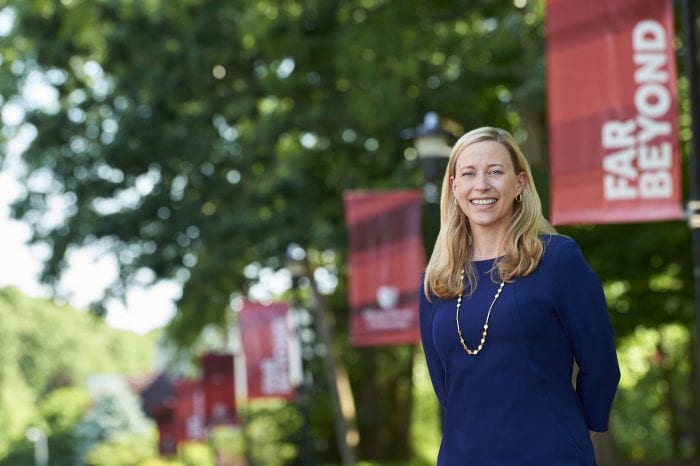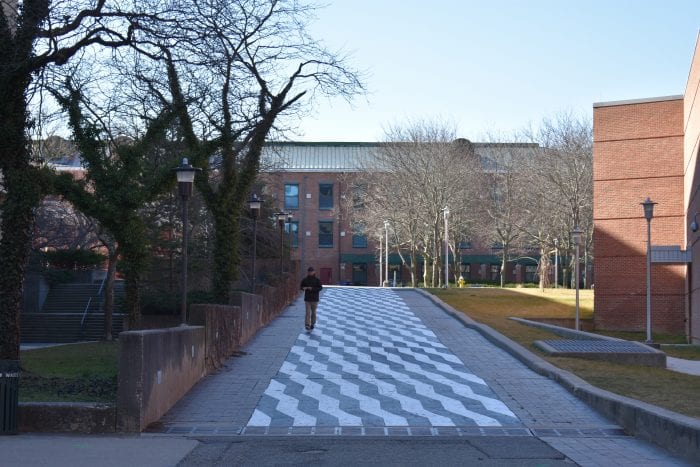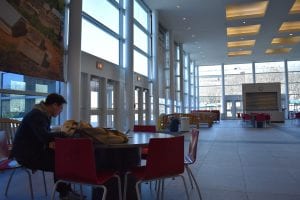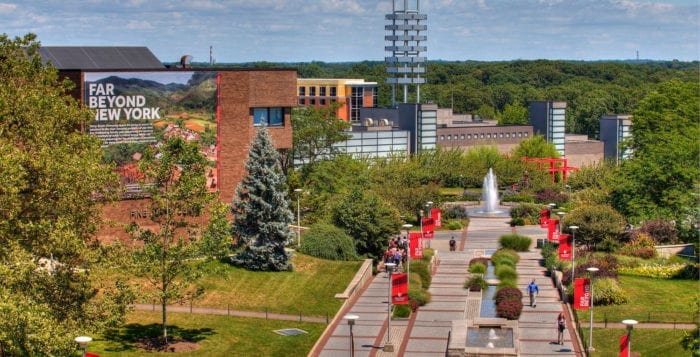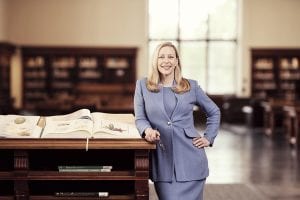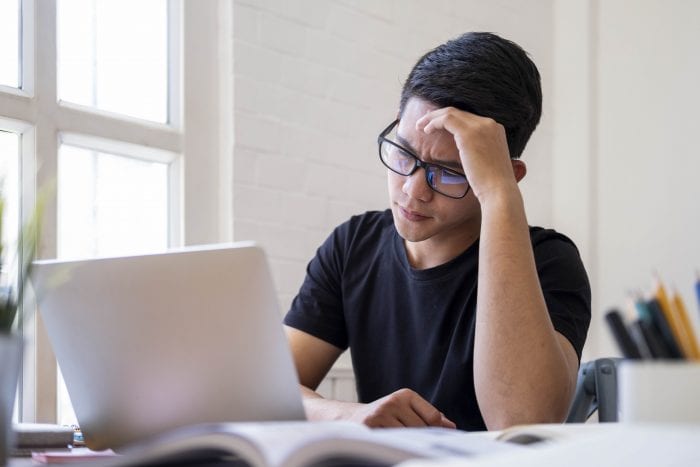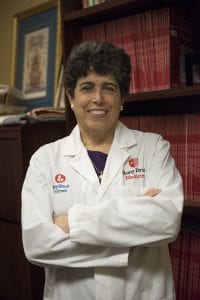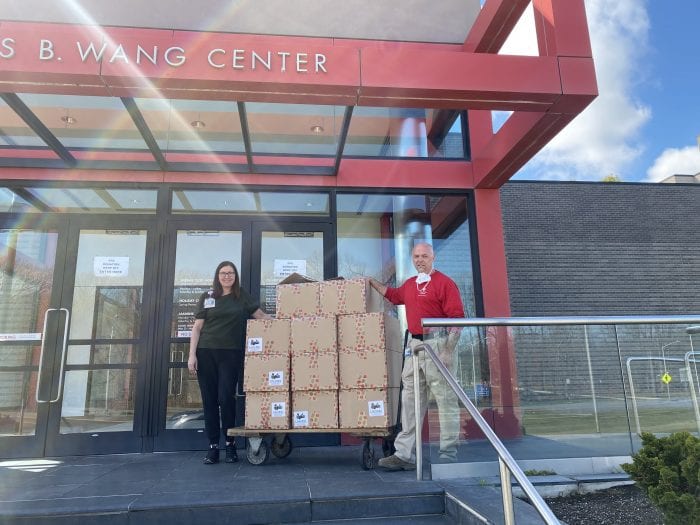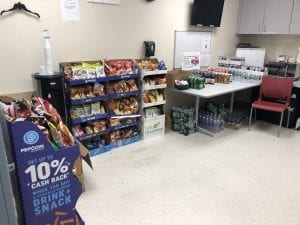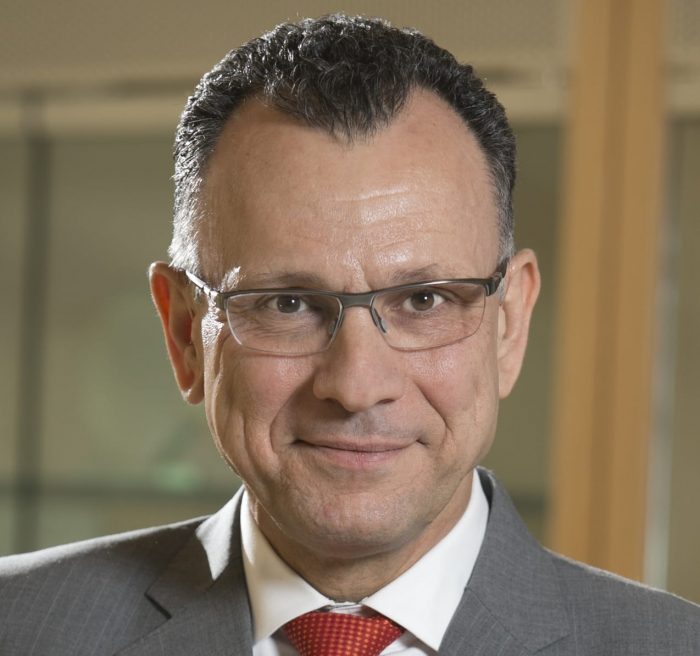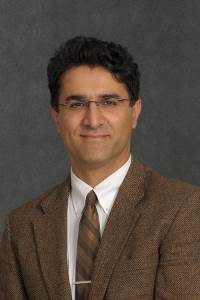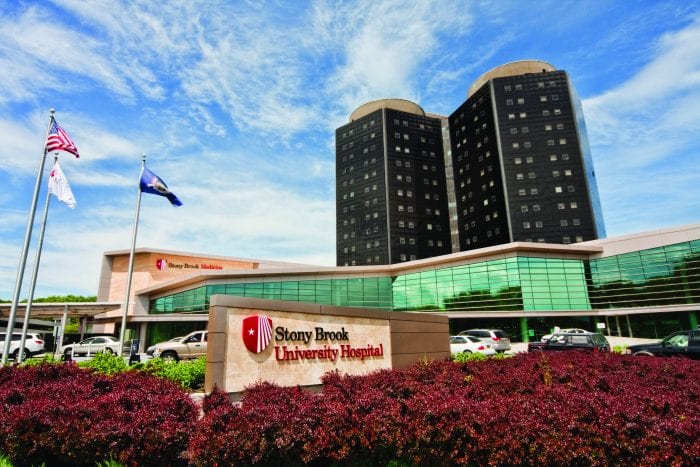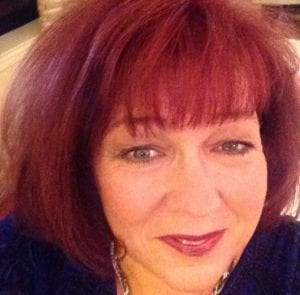By Daniel Dunaief
Computers might not be able to tell you how they are doing, unless they run a diagnostic test, but they might be able to tell you how you are doing.
Using artificial intelligence, a team of scientists at Stony Brook University recently received a $2.5 million grant from the National Institutes of Health to study how social media posts and mobile phone data may be able to predict excess drinking among restaurant workers.
By using data from texting, social media and mobile phone apps, these researchers, led by Andrew Schwartz, an Assistant Professor in the Department of Computer Science, are hoping to use artificial intelligence to predict excessive drinking.
According to the National Institute of Alcohol Abuse and Alcoholism, unhealthy drinking involves seven drinks a week for women and 14 for men.
Schwartz said the study hopes to be able to address whether the researchers, including Richard Rosenthal, the Director of Addiction Psychiatry at Stony Brook Medicine and Christine DeLorenzo, Associate Professor in the Departments of Biomedical Engineering and Psychiatry, could “say what the mood predicts how much participants will be drinking in the future.”
By analyzing the content of texts and social media posts, Schwartz and a team that also involves scientists from the University of Pennsylvania will explore whether an increase in stress is more likely to happen before an increase in drinking.
The researchers will study the effect of empathy, which can be health promoting and health threatening. “We believe AI-behavior-based measures will work better than questionnaires for detecting an unhealthy style of empathy,” Schwartz explained in an email. The AI will search for non-obvious patterns of social media posts and texts to determine which type of empathy a person might demonstrate and whether that empathy could lead to a drinking spiral.
Empathy theoretically may add to stress for bartenders and restaurant workers as they often listen to customers who share their tale of woe with food service professionals and are also in a social job.
Indeed, amid the pandemic, where levels of stress are higher during periods of uncertainty about public health and in which restaurant workers might be more likely concerned about their employment, this study could provide a way to understand how increases in alcohol consumption develop potentially to inform new ways to interrupt a negative spiral. “The extra stress of job security is heightened right now” for restaurant workers, among others, Schwartz said.
By validating AI against accepted tools, the researchers hope to gauge the AI-decoded link between emotion and unhealthy drinking behavior by aligning what an individual is expressing in social media with indicators of their emotional state and drinking.
Participants in the study are filling out brief surveys several times a day.
In the long run, the scientists hope this kind of understanding will allow future public health professionals to offer support services to people without the cost of having to administer numerous questionnaires.
The researchers had received word that their proposal had received the kind of score from the NIH that suggested they would likely get funded last July. They could have received positive funding news any time from November through May, which was when they learned that they had secured the financial support to pursue their research.
The topic of study is “extremely relevant,” he added, amid the current uncertainty and the potential for a second wave in the fall or winter.
“We’re interested in studying how unhealthy drinking develops and how it plays out in people’s daily lives,” Schwartz said.
Social media provides a window into the emotional state of the participants in the research.
To be sure, the researchers aren’t looking at how people post about drinking, per se, online. Instead, the scientists are looking at how people in the study answer questions about their drinking in the regular questionnaires.
The researchers came together for this effort through the World Well Being Project, which is a research consortium in collaboration with scientists at the University of Pennsylvania, Stony Brook University and Stanford.
The project involves groups of computer scientists, psychologists and statisticians to develop new ways to measure psychological and medical well-being based on language in social media, according to the group’s web site, which describes “Authentic Happiness.”
In a recent study, 75,000 people voluntarily completed a personality questionnaire through Facebook and made their status updates available. Using these posts, the researchers were able to predict a user’s gender 92 percent of the time just by studying the language of their status updates.
Researchers in substance use approached the World Well Being Project, which Schwartz is a part of, about the topic of unhealthy alcohol use.
The Artificial Intelligence methods Schwartz is developing and that the scientists are testing through this grant are aimed at understanding how a person is changing their language over time through their digital footprint.
In the future, Schwartz believes this approach could contribute to personalized medicine.
“When someone is most at risk, apps that are validated [may be able to] detect these sorts of patterns,” he said. While this study doesn’t provide a personalized patient app, it should provide the tools for it, he explained.
Optimizing this work for false positive and false negatives is a part of this study. The researchers need to create the tools that can make predictions with minimal false positives and false negatives first and then hope it will be used to interact with patients.
In this type of artificial-intelligence driven work, researchers typically need about 500 words to come up with a conclusion about a person’s emotional state. A goal of this work is to get that number even lower.
Fotis Sotiropoulos, the Dean of the College of Engineering and Applied Sciences, offered his enthusiastic support for this effort.
Schwartz is blazing a trail in advancing AI tools for tackling major health challenges,” Sotiropoulos said in a statement. “His work is an ingenious approach using data-science tools, smart-phones and social media postings to identify early signs of alcohol abuse and alcoholism and guide interventions.”

